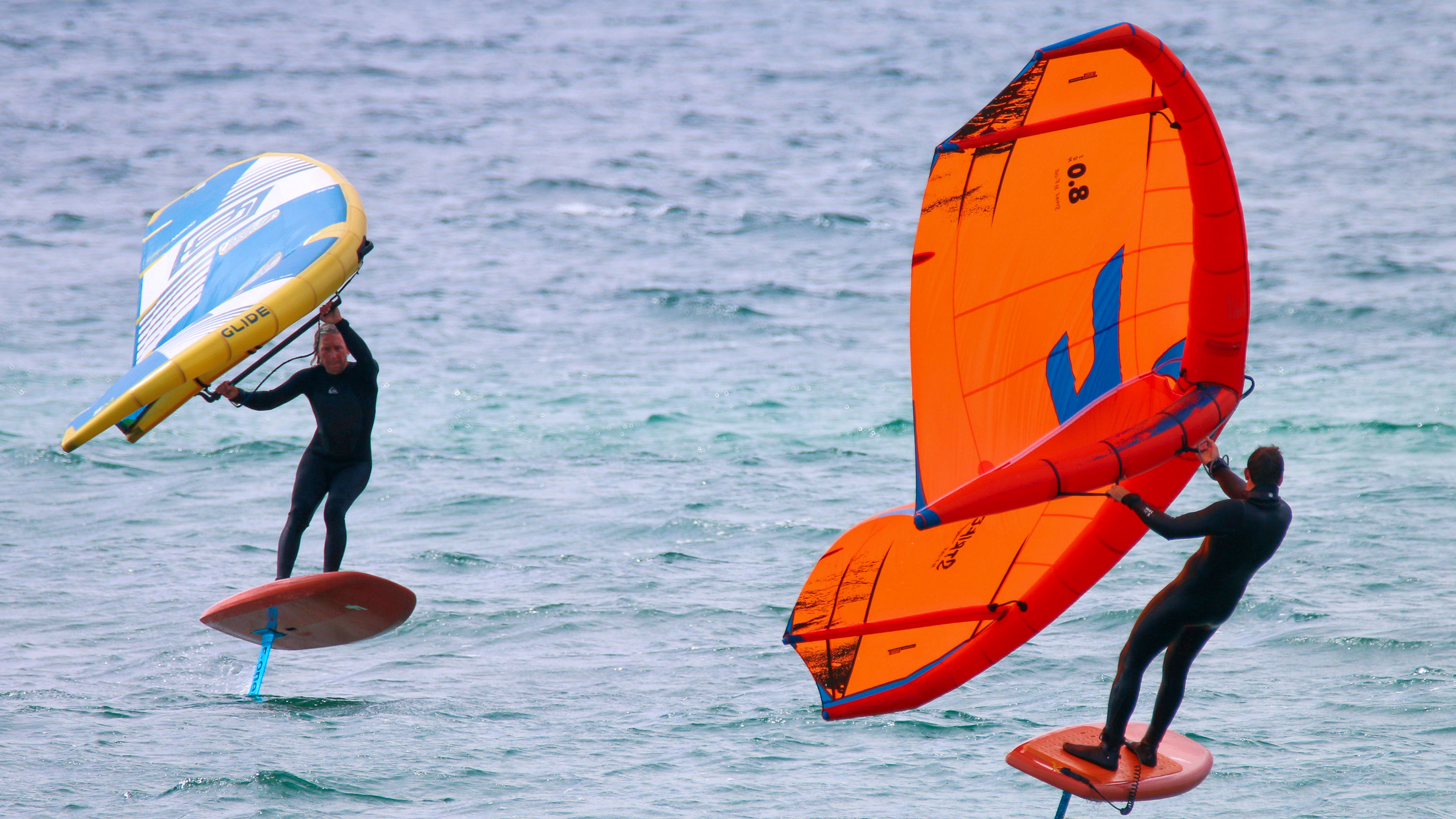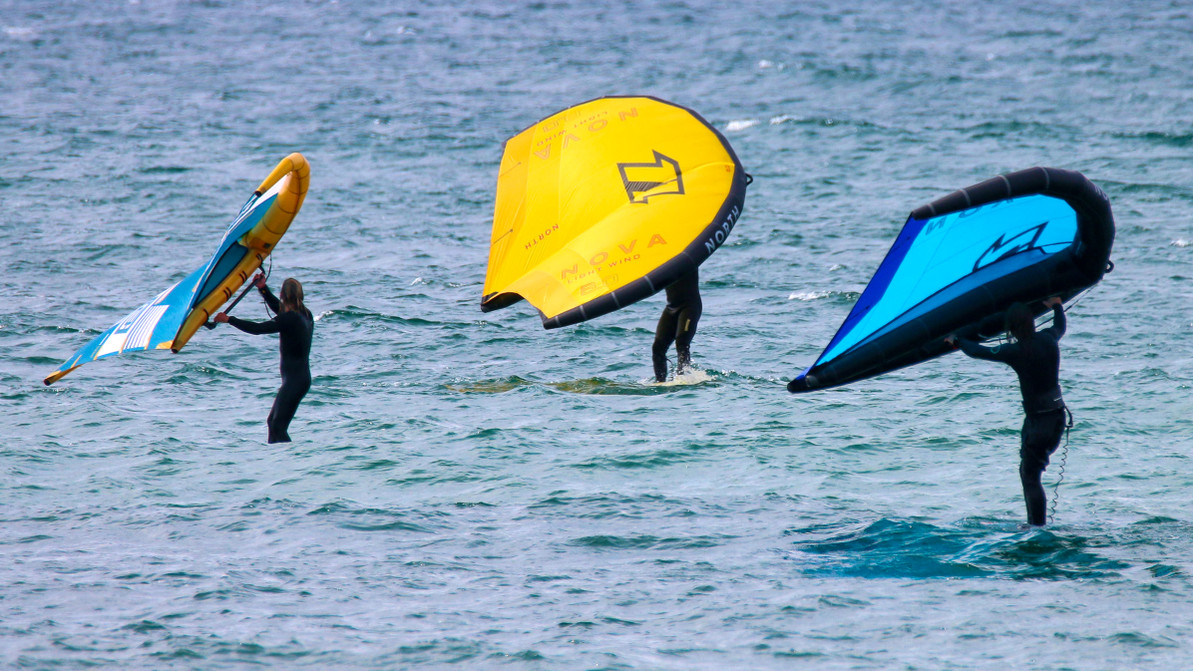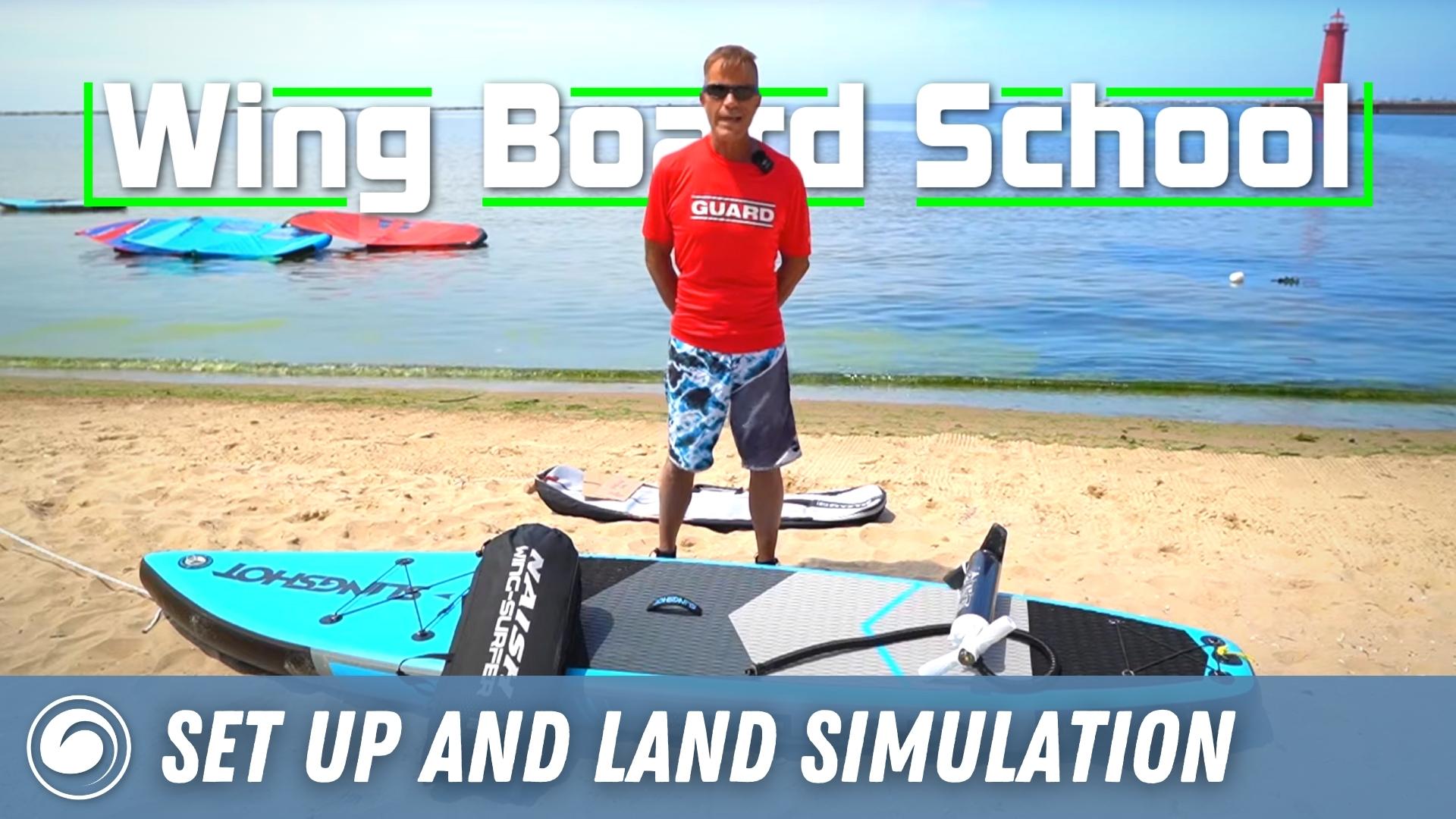What is Wing Foiling? A Step-by-Step Guide for Beginners
What is Wing Foiling? A Step-by-Step Guide for Beginners

Welcome to the thrilling world of wing foiling, one of the latest additions to the realm of water sports. Rising to popularity over the last few years, wing foiling takes elements from surfing, windsurfing, and kiteboarding, mashing them together into a singular, dynamic, and exciting sport. Read on to dive deeper into what wing foiling is, the gear you need to get started, and some top tips for beginners.
Short on time? See our Top 10 Takeaways at the bottom of this page.

A Dynamic Blend of Water Sports
Wing foiling, also known as wing surfing or wing boarding, is a water sport where you stand on a hydrofoil board or a SUP (stand-up paddleboard) while holding a handheld inflatable sail, known as a wing. The wing is your primary source of propulsion, harnessing the wind to glide over the water.
The real thrill begins when the wind is strong enough to lift you and your board off the water. This is where the hydrofoil comes in. The hydrofoil, attached to the underside of the board, creates lift as you pick up speed, giving you the sensation of flying above the water.

Getting Equipped: Essential Gear for Wing Foiling
Wing
The wing, or sail, is inflatable, handheld, and resembles a mini paraglider. Sizes range typically from 2 to 8 meters, with the chosen size depending on factors like the rider's skill level, body weight, and wind conditions.
Foil Board
This is the board that you stand on. Similar to a paddleboard or surfboard in shape, a foil board has a hydrofoil attached beneath it. The boards come in a variety of sizes, with larger boards being more stable and better for beginners.
Hydrofoil
The hydrofoil is a wing-like structure that attaches to the bottom of your foil board. It consists of a mast, fuselage, and wings. The hydrofoil's primary purpose is to lift the board and the rider above the water surface, reducing drag and enabling smooth, fast riding.
Harness
Although not always necessary, especially for beginners, a harness can be helpful as you advance in wing foiling. It allows you to hook in the wing, reducing the strain on your arms.

Learning to Wing Foil: Top Tips for Beginners
Start with the Right Equipment
For beginners, it is typically recommended to start with a larger board for stability and a mid-size wing for manageable power.
- Related Article: "What Size Wing Foil Board is Right For You?"
- Related Article: "What Size Wings Do You Need? Building the perfect Wing Foil Quiver"
Master the Basics on Land First
Before you hit the water, take the time to get a feel for your wing on land. Learn how to hold it, how to switch hands, and how it responds to the wind.
Choose the Right Conditions
Ideal conditions for learning are a steady wind of about 10-15 knots and flat water. Avoid crowded areas to prevent accidents.
Get Comfortable with the Wing
Now, spend some time with your board and wing in the water. Get used to paddling to deeper water and towing your wing behind you. You may opt for a wrist leash, or a waist leash for your wing, depending on your personal preference.
Stand Up and Ride
Once you're comfortable controlling the wing while kneeling, it's time to stand up on the board. Start without the hydrofoil at first, then gradually begin using it as your confidence and skill increase.
Learn to Fall
Falling is a part of learning. Make sure you fall away from your equipment to avoid injury, and don't forget to wear a helmet and impact vest for safety.
Watch Our FREE "Wing Board School" Video Instructional Series

Top 10 Takeaways
- Wing foiling, also known as wing surfing or wing boarding, is a water sport combining elements of surfing, windsurfing, and kiteboarding.
- Participants stand on a hydrofoil board or SUP while holding a handheld inflatable sail, known as a wing.
- The hydrofoil, attached to the board, creates lift as you pick up speed, simulating the sensation of flying above the water.
- Essential gear for wing foiling includes a wing, foil board, hydrofoil, and optionally, a harness for more advanced riders.
- The size of the wing is chosen based on factors like rider's skill level, body weight, and wind conditions.
- Beginners are advised to start with a larger board for stability and a smaller wing for manageable power.
- It's beneficial to get a feel for the wing on land before attempting to use it on the water.
- Ideal conditions for learning are a steady wind of about 10-15 knots and flat water.
- Progression in wing foiling involves starting on the knees or stomach, then standing up on the board, and finally incorporating the hydrofoil.
- Safety measures like falling away from the equipment, wearing a helmet, and using an impact vest are essential.
Shop our Complete Line of Wing Foil Packages HERE!
Conclusion
Wing foiling is an exciting and challenging water sport that combines elements from various other sports into one unique experience. Although it requires a bit of practice to get the hang of, with the right equipment, appropriate conditions, and a positive attitude, anyone can join in on the fun!
When in doubt—give us a shout! We're always happy to help.

Recent Posts
-
Kiteboarding | Crafting the Harlem Force Kite with Sustainability and Performance
Unparalleled Performance Meets Unmatched Sustainability The kiteboarding industry is on …24th Apr 2024 -
Duotone Ventis 2025 | What's New?
If you're familiar with Duotone's Ventis, you know its specialty is freeriding in light wind …23rd Apr 2024 -
Duotone Ventis D/LAB 2025 Overview
If you ride in an area with multiple light wind days and need a wing that'll let you get o …23rd Apr 2024






